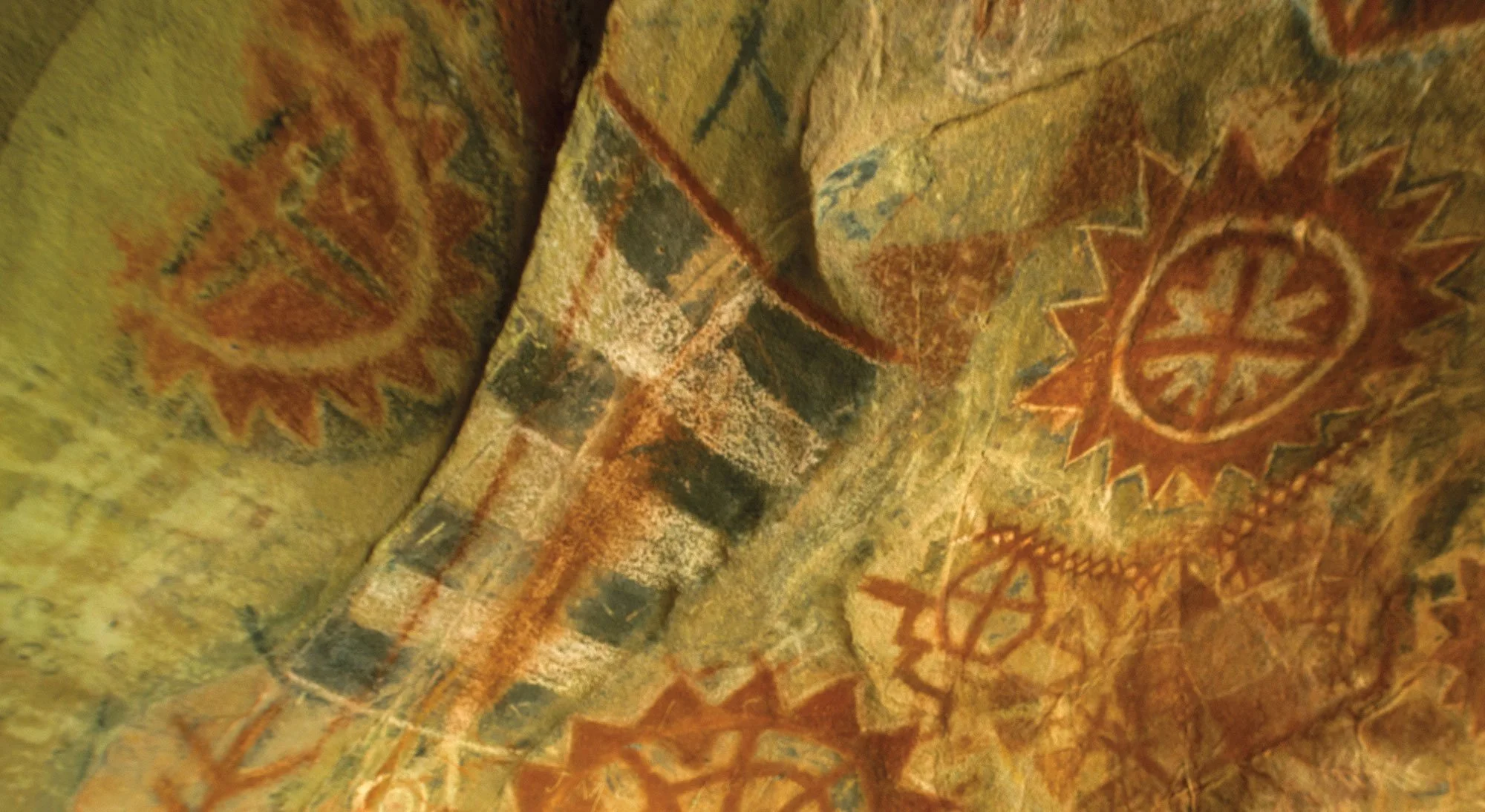residing on the liminal land between
the Chumash and Salinan nations
Creator: Brian Baer
Copyright: ©2013, California State Parks
🪶 About the First Peoples of This Land
In honor of the yak titʸu titʸu yak tiłhini and Te'po'ta'ahl Nations
The land I walk, farm, and serve on today—Atascadero, California—has been cared for and loved for over 13,000 years by the First Peoples of this region. Most prominently, this area carries the ancestral presence of the yak titʸu titʸu yak tiłhini (a Chumash people) and the Te'po'ta'ahl (Salinan people).
There is some discussion about whether Atascadero sits within Chumash or Salinan territory. But the truth is, that question is born of a modern lens. Borders, as defined today, were not meaningful to these cultures in the same way. These lands were shared through relationship, rhythm, reciprocity, and reverence.
Throughout thousands of years, stewardship naturally shifted—following the flow of rivers, migrations of animals, sacred practices, and the needs of the people. For the yak titʸu titʸu yak tiłhini and the Te'po'ta'ahl, land was not a possession. It was a living relative—known, respected, and sung to across generations.
🌿 The yak titʸu titʸu yak tiłhini (Chumash)
The yak titʸu titʸu yak tiłhini are one of several bands of the broader Chumash people, whose territory once stretched from the Malibu coast through Paso Robles and out to the Channel Islands.
This name translates to "the people of the north, the people of the villages of San Luis Obispo", and reflects a deep, enduring relationship with the Central Coast.
The Chumash are known for their marine knowledge, canoe building (tomols), celestial navigation, and sacred storytelling traditions.
Despite colonial efforts to erase them, the Chumash—especially the yak titʸu titʸu yak tiłhini—continue to carry forward cultural revitalization, language preservation, and land connection to this day.
🏞 The Te'po'ta'ahl (Salinan)
The Te'po'ta'ahl, one of the core bands of the Salinan people, lived inland—tending the valleys and river corridors of what is now San Luis Obispo and Monterey Counties.
While the name "Salinan" was imposed during colonization, Te'po'ta'ahl is one of their own traditional names, spoken in sacred memory. The Salinan are known for their basketry, seasonal migration practices, and spiritual ceremonies tied to the natural cycles of the land.
Today, their descendants continue to reclaim language, protect sacred sites, and honor their ancestry with quiet strength and growing voice.
🤲 A Shared Spirit of Stewardship
The yak titʸu titʸu yak tiłhini and Te'po'ta'ahl peoples may have spoken different languages and practiced unique traditions—but they share a deep understanding:
We do not own the Earth. We belong to it.
Their care for this region flowed through time like water, like song—flexible, adaptive, always rooted in relationship and responsibility. That is the legacy I honor today.
I do not speak for these peoples, but I do speak with reverence.
I walk this land with humility, gratitude, and a willingness to listen—to the ancestors, the living stewards, and the land itself.
🌾 Ongoing Acknowledgement
I acknowledge that I live and work on land that was taken never ceded.
I honor the unbroken connection of the yak titʸu titʸu yak tiłhini and Te'po'ta'ahl peoples to this place.
I recognize the long shadow of trauma caused by colonization—and the bright flame of survival, strength, and renewal that still burns.
To the elders, the youth, the wisdom-keepers, and the ancestors—thank you.
May your stories be carried.
May your sovereignty be recognized.
May your future be as rich as your past.

